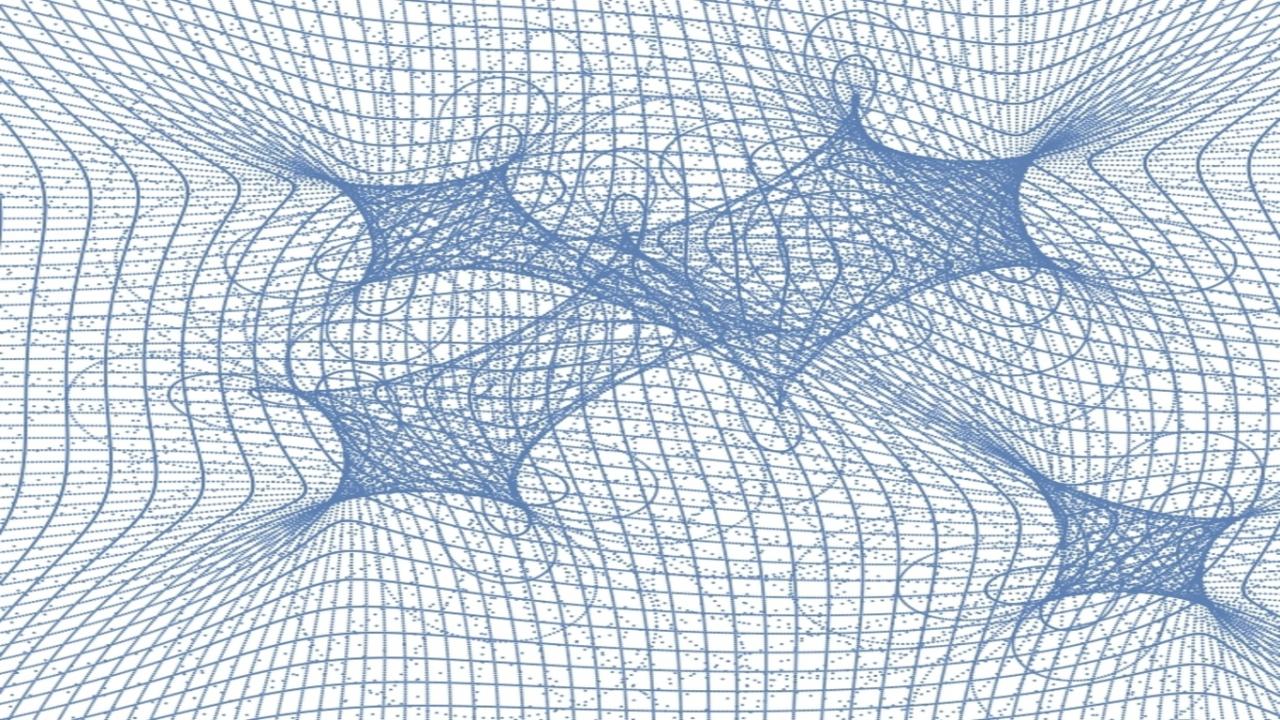General
El estudio de las lentes gravitatorias proporciona poderosas herramientas en Astrofísica y Cosmología. Las principales aplicaciones de las lentes gravitatorias en las que se centra este proyecto son las siguientes: (i) estudiar la presencia de subestructura de materia obscura en las galaxias lente a partir de las anomalías en la magnificación de las imágenes múltiples de quásares (mililensing), (ii) estudiar la estructura no resuelta de los discos de acreción en los quásares (tamaño, perfil de temperaturas, perfil de luminosidad) a partir de las alteraciones inducidas por el efecto microlente en el contínuo y en las líneas de emisión, (iii) estudiar la estructura y la cinemática de la región emisora de líneas anchas en quásares a partir de la respuesta de los perfiles de las líneas de emisión anchas al efecto microlente y de la variabilidad de esta respuesta, (iv) estudiar la "dinámica del Universo" a partir de las velocidades peculiares de las galaxias lente inferidas del ritmo de variabilidad inducido por el efecto microlente y, (v) desarrollar nuevos métodos numéricos y estadísticos para estudiar el efecto microlente.
Miembros
Resultados
- Hemos introducido un nuevo método para medir las masas de los agujeros negros supermasivos de los quásares basado en el redshift gravitatorio de las líneas ultravioletas del hierro dos veces ionizado. Las masas calculadas están en acuerdo con las estimaciones obtenidas usando el teorema del virial.



